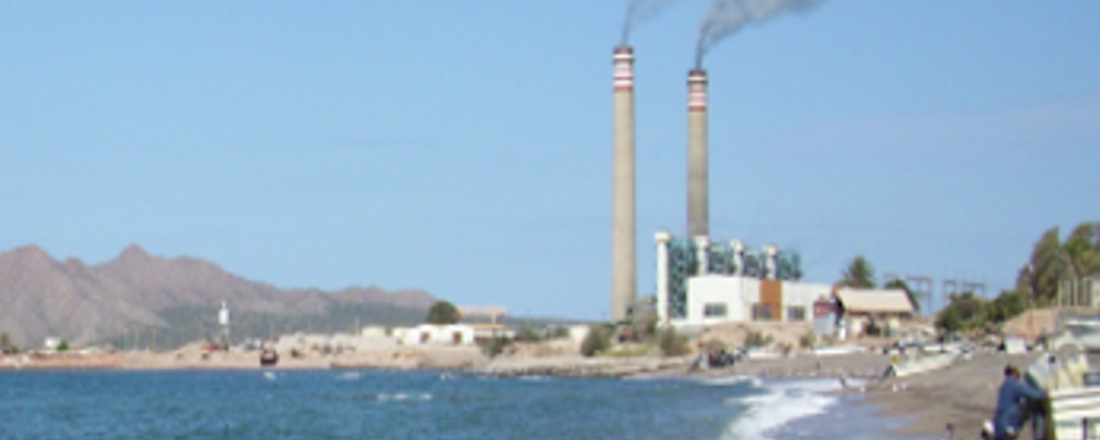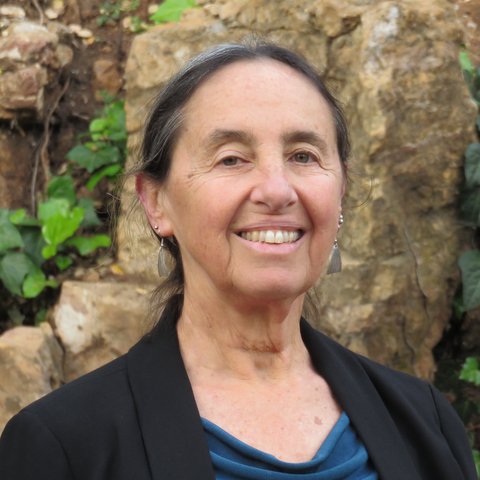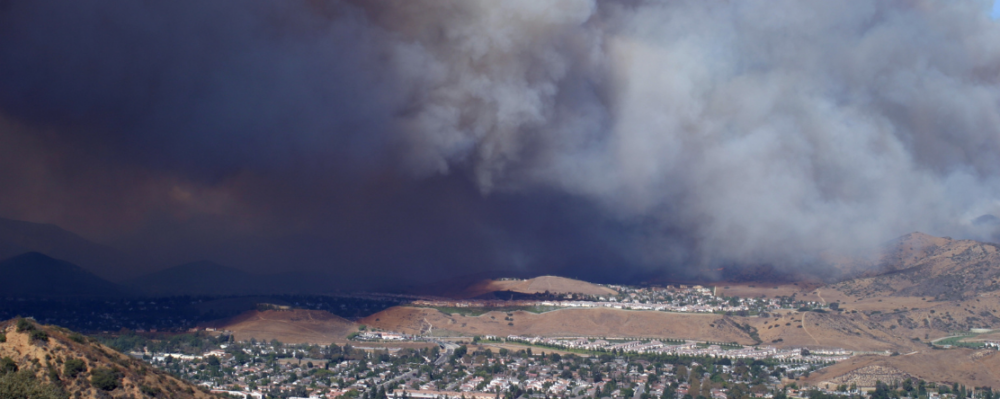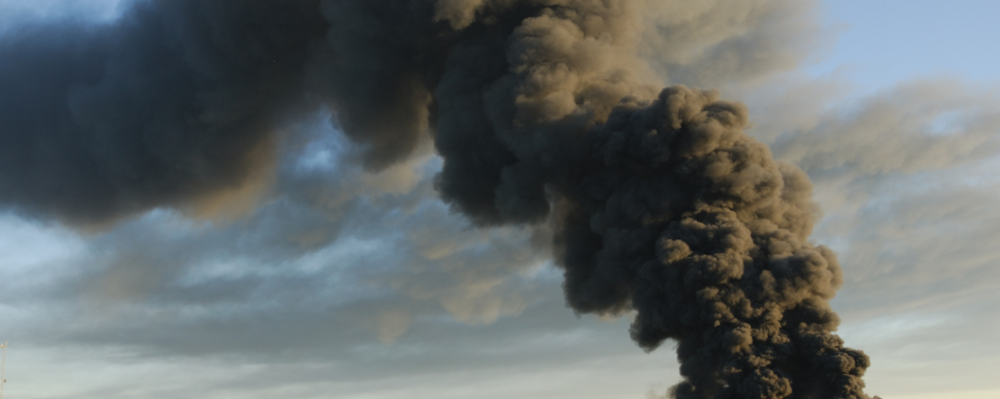
In the News
Oxnard Faces Sea Level Rise and Climate Health Risks
- Ventura County Star
-
Focus Areas
Environmental Health -
Issues
Climate Change -
Expertise
Coalition & Network Building -
Programs
Center for Climate Change and Health

Scientists have been telling us for years about the dangers from climate change. For decades, climate scientists have been reporting the numbers, or the math, related to how rising carbon levels affect our atmosphere. Written reports on sea level rise have been received and filed for years by planning departments and elected officials. And yet, despite all this data, some people, incredibly, still think climate change is a point to debate. Because it’s easy to set aside or ignore what is misunderstood.
A recently released project called Toxic Tides aims to make data about risks from sea level rise more accessible and understandable by creating a visualization of the risks certain communities face from flooding at toxic and hazardous sites. The hope is that knowledge and understanding will beget desperately needed action.
South Oxnard has a cluster of polluting operations, active and ceased, that when paired with the threat of flooding pose previously unconsidered impacts. The Oxnard wastewater treatment plant, the New-Indy Containerboard plant, the Halaco Superfund Site and two locations, Point Mugu and Port Hueneme, of Naval Base Ventura County were included in the project’s mapping tool.
“Climate change is a health emergency,” said Linda Rudolph, principal investigator with the Public Health Institute (PHI) and director of PHI’s Center for Climate Change and Health. PHI is an independent nonprofit organization based in downtown Oakland with programs and efforts around the globe. She was speaking on Dec. 15 at the program launch workshop and explained that the program aims to frame the issue of the rising oceans within the “larger context of climate change and health and equity.” She emphasized that California is “seeing the impacts of climate change . . . accelerating rapidly” and the timeframe for action is narrowing in order to avoid major impacts. More needs to be done to “reduce greenhouse gas” emissions and to “build climate-resilient” communities. She called this issue the “greatest health challenge this century.”
“Paradoxically, this is a huge health opportunity,” continued Rudolph, pointing out that the same systems that are major contributors to climate change, “transportation, land use, food and agriculture . . . shape the conditions where people live.” She emphasized that these same systems have the potential to be part of the solution by supporting communities as everyone has to adapt to what is coming.

Stark health inequities and systems with disproportionate impacts on communities of color will exacerbate the impacts of climate change and compound the effects of historical systemic racism. Many toxic and hazardous facilities are located in poor communities and communities of color with very little discussion of risk of exposure from rising tides.Dr. Linda Rudolph, Center for Climate Change and Health
Click below to read the full story in the Ventura County Star.
Originally published by Ventura County Star
More Updates
Work With Us
You change the world. We do the rest. Explore fiscal sponsorship at PHI.
Support Us
Together, we can accelerate our response to public health’s most critical issues.
Find Employment
Begin your career at the Public Health Institute.



